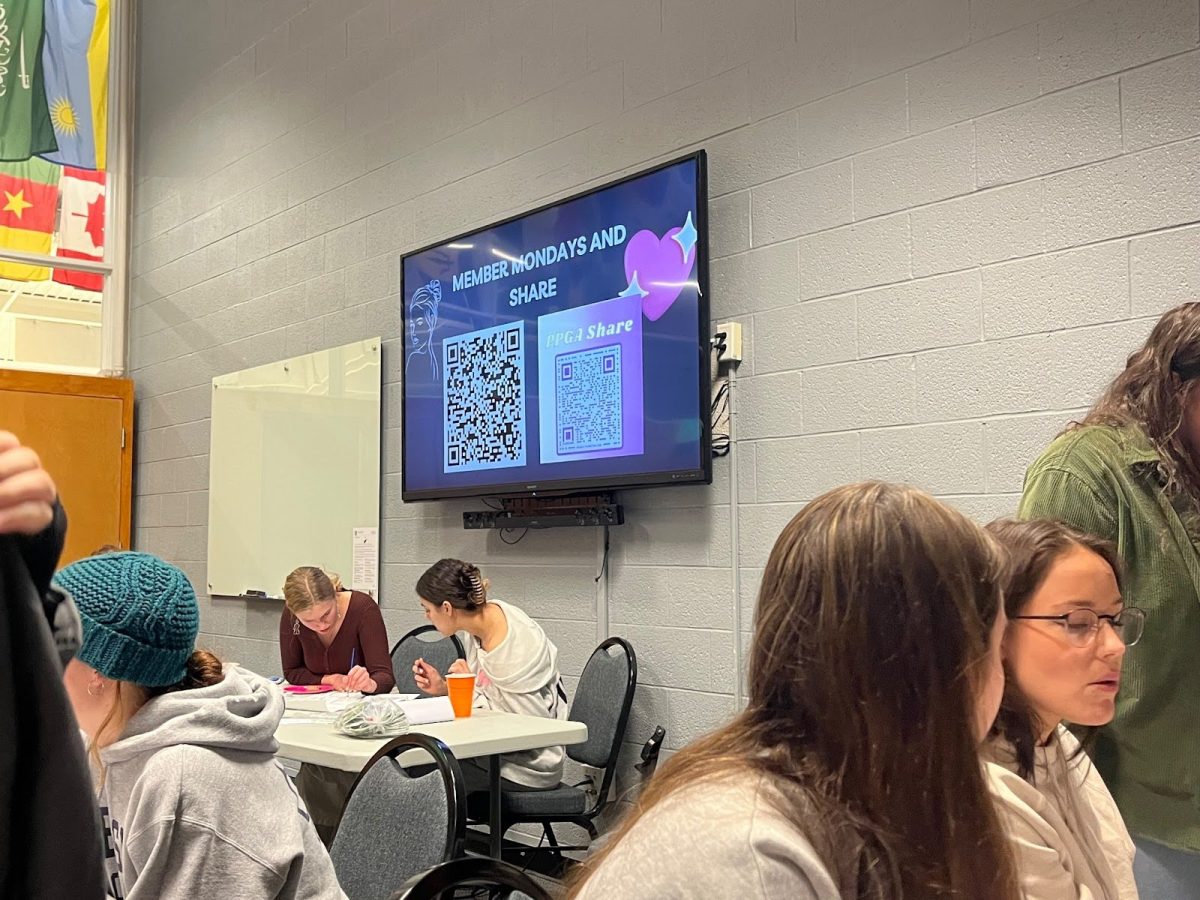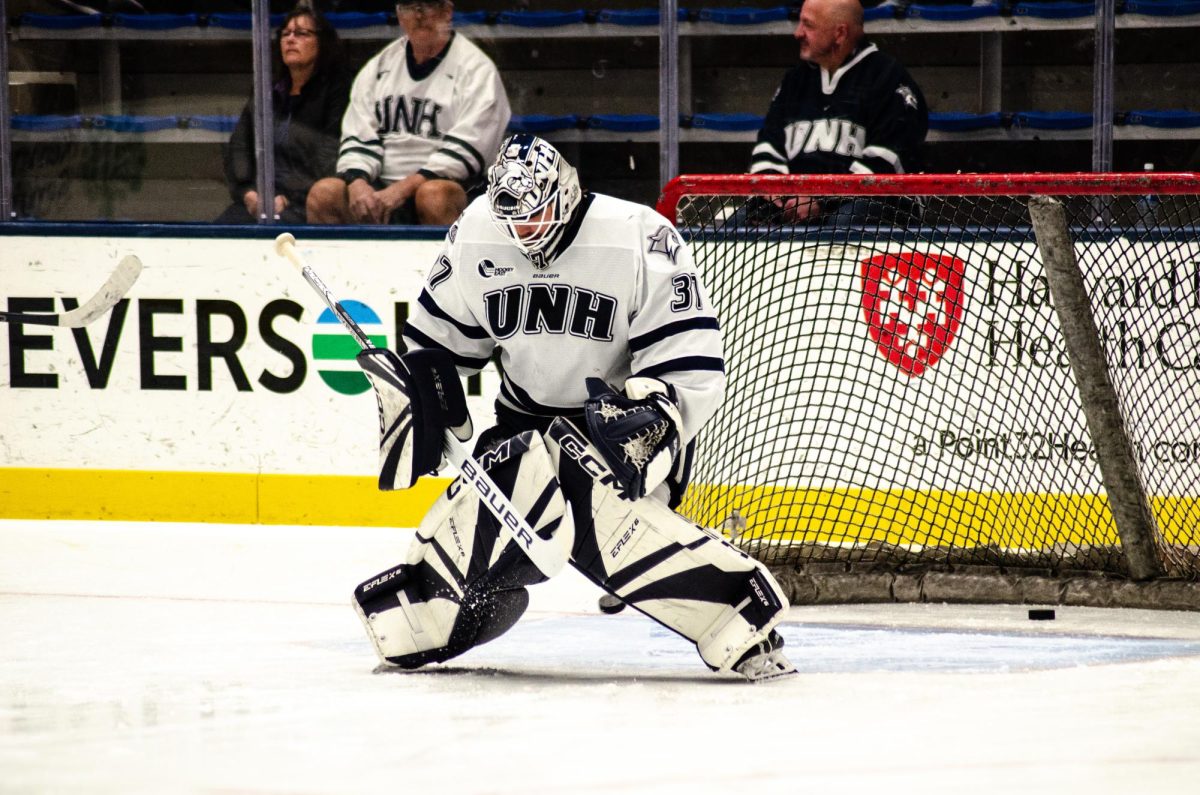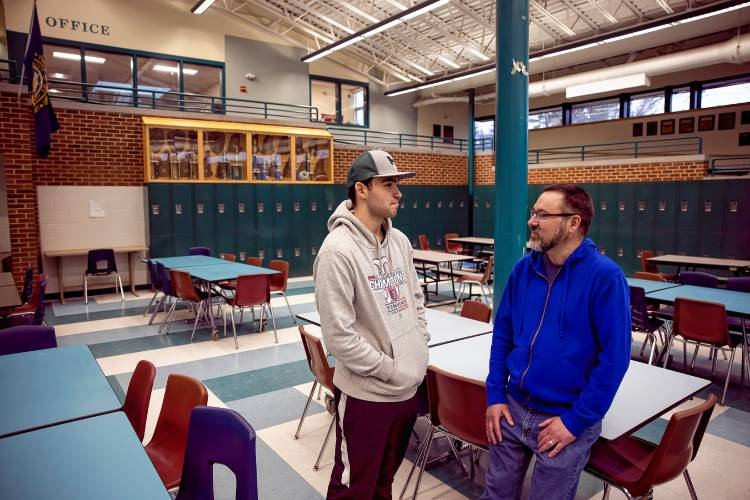By Raoul Biron, Staff Writer
Two UNH Faculty members are playing integral roles in experiments aboard the Solar Probe Plus. Launching in 2018, the robotic spacecraft will enter the heliosphere of the sun in 2024, venturing closer to the sun than any man-made object has travelled and providing crucial data on phenomena that still remain largely hypothetical and untested.
“It’s a real missing piece in our understanding of the solar winds and energetic particles … We’ve never actually gotten close enough to the sun to measure where these particles are generated,” said Dr. Nathan Schwadron, associate professor in the physics department.
If you’ve ever noticed the halo around the sun during an eclipse, you’ve looked at the destination of the NASA-sponsored probe. Designed to both survive the historically impossible conditions that close to the star and become the fastest man-made object in history, the SPP hopes to revolutionize our understanding of solar winds, the sun’s energetic particles and the mechanisms that heat the sun’s corona.
“It’s primarily a discovery mission…the data will hopefully allow us to forecast and be able to prepare for the kind of events that can impact us here,” said Dr. Ben Chandran, professor in the physics department and collaborator on the Solar Winds Electrons Alphas and Protons investigation experiment, which will be included in the SPP payload.
Solar events such as coronal mass ejections (a burst of solar wind and magnetic activity) have caused significant damage on Earth, even disabling power grids and destroying satellites.
“If you’re interested in exploring the medium of space; if you want to take astronauts to space or go to Mars, you will get a lot of these high energy particle events. They’re very hard to predict and when they come, they deliver a high dose of radiation and can make astronauts very sick, destroying missions. The same goes for electronic equipment,” Schwadron said.
Schwadron and Chandran still face a massive list of challenges as the 2018 launch approaches, especially considering that most experiments aboard the probe are being developed by researchers from different institutions. Chandran is working with professors from UC Berkeley, Harvard, and the University of Michigan.
The challenges they face don’t just pertain to their professional inquiries though, as both professors still have to strike a balance between providing innovative research and educating their students. “It becomes a lot easier when you’re working on something this significant,” Chandran said.
“I think that where we are right now as a university, we’re still struggling to become a research university. You see competition of resources. Resources to do research versus resources to teach. I think in the very near future it will definitely find its way … Education and research goes hand in hand,” Schwardron said.
Filling the gap of knowledge about the immediate environment surrounding the sun will have significant practical benefits for both the space industry and the average person. GPS signals, power grids and future space missions could be relying on data resulting from these experiments in the near future.
Researchers don’t have to wait until 2024 to begin yielding important data though. Schwadron expects significant and even groundbreaking data to come in, even shortly after launch.
“Early in the mission you’re going to see a lot, I think, astonishing discoveries coming from the mission. After that period there will be a more detailed, synthesis of the data,” Schwadron said.




















